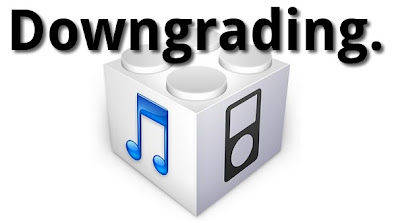Google IO 2012: What's New With Google Access
1 Google IO 2012: What's New From Google Access
We showcased a number of exciting advances in accessibility on Android and Chrome during IO 2012. With these advances, blind and low-vision users can leverage Google applications and services on Android and Chrome to collaborate effectively with their peers and to obtain on-the-go access. Advances include out-of-the-box access on Android (JellyBean), a new set of gestures that enable fluent interaction on touch-screen devices, Braille support on Android, an extension framework for ChromeVox, and a new, high-quality voice for use with Web applications on Chrome.
1.1 Enhanced Android Accessibility In JellyBean:
- Accessibility on Android can be enabled by long-pressing with two fingers (4 seconds) the setup screen to enable out-of-the-box access for blind users.
- Touch exploration has been enhanced with simple gestures that enable users navigate on-screen contents.
- JellyBean provides a set of Accessibility Actions that can be called from any AccessibilityService such as TalkBack; it also provides early support for Braille displays.
- Touch exploration and gesture navigation both set AccessibilityFocus —
double-tapping anywhere on the screen activates the item with AccessibilityFocus .
- TalkBack now has a sister service BrailleBack for providing Braille support on Android.
- Chrome on Android is now accessible and supports the latest in Web Access standards.
With these enhancements in Android access, blind users can use a combination of touch exploration and navigational gestures to access any part of the Android user interface.
As an example, I typically use the Android Play Store by touching the screen around the area where I expect a specific control; quick flicks of the finger then immediately get me to the item I want. With these touch gestures in place, I now use touch exploration to learn the layout of an application; with applications that I use often, I use a combination of muscle memory and gesture navigation for rapid task completion.
1.2 Chrome OS On Chrome Books And Chrome Box
Chrome OS comes with ChromeVox pre-configured — ChromeVox is our Web Accessibility solution for blind users. With the new high-quality voice that is being released on the Chrome Webstore, ChromeVox now provides smooth spoken feedback in Chrome on all desktop environments. Finally, we announced a flexible extension framework that enables Web developers leverage ChromeVox from within and outside of their own Web applications to provide rich, contextual spoken feedback.
1.3 Developer Tools For Ensuring Accessibility
To help developers better leverage Web Accessibility, we are releasing a new Accessibility Audit tool that enables Web developers detect and fix commonly occuring accessibility errors. This tool has been integrated into Chrome's Developer Tools and helps Web developers ensure accessibility while working within their normal workflow.
1.4 Accessibility Related Presentations At Google I/O 2012
Catch these on Youtube in the next week if you weren't able to attend I/O this week.
- Android Accessibility (T. V. Raman,Peter Lundblad, Alan Viverette and Charles Chen).
- Advanced Web Accessibility (Rachel Shearer, Dominic Mazzoni and Charles Chen).
- What's New In JellyBean: Android Team.
- JellyBean announcement in the Wednesday keynote.
































